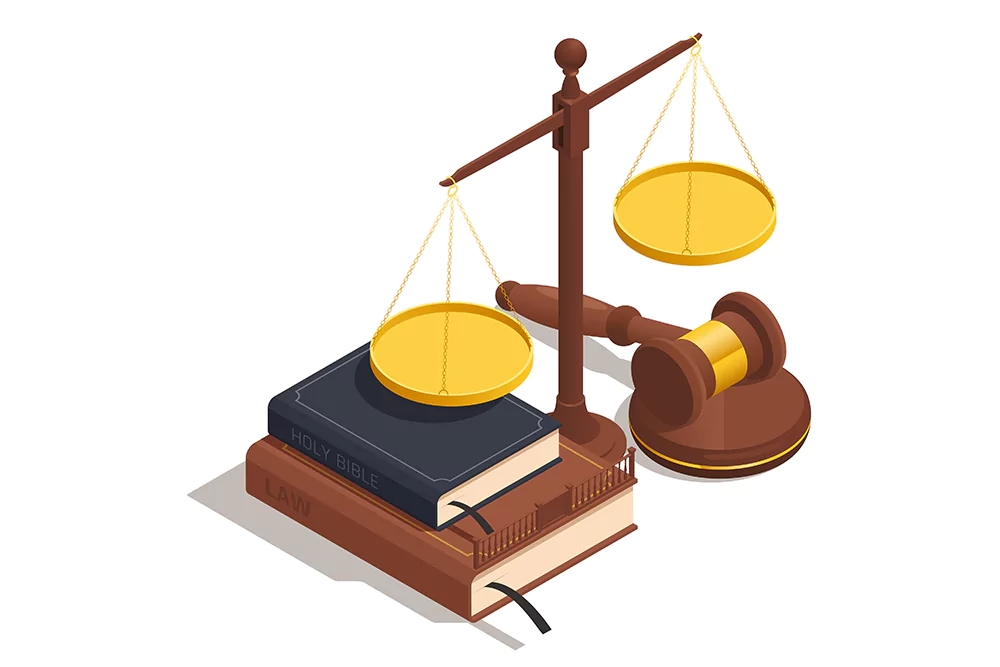Isn’t this a wonderful instance of image optimization? No, not exactly. You have added a massive bowling sphere weight to the site, which is slowing down page performance. Furthermore, without alt text, search engines cannot interpret your photos. According to Jump shot statistics from 2018, Google Images accounts for more than 20% of all web searches in the United States. SEO agency Florida novices & experts alike understand that optimizing pictures for the website is a time-consuming process that is well worth the effort.
You’re squandering a key SEO asset if you don’t optimize your images.
It’s as if the search engines are handing out free Oreos & milk. However, you just take the Oreo. When, in truth, the Oreo is far superior when dipped in milk. Image optimization has several benefits, including improved user experience, quicker website load times, & more ranking chances. And it is getting increasingly important.
What is Image SEO?
Image SEO is the process of optimizing visuals on a site to render it more attractive to search engine crawlers. Image SEO gives search engines more information about a visual, which helps them comprehend the content &, therefore can result in an increase in search ranks & exposure. It may also result in a picture showing in Google’s image search.
Best Image SEO Practices
To discover how to integrate SEO-friendly pictures into your website, follow these instructions.
Include at least one picture
Always add at least one picture as well as the graphic on a page as a recommended practice for SEO agency Florida. A picture indicates to search engines that perhaps the page is interesting & entertaining, & therefore will be beneficial to searchers. Furthermore, pictures help readers by making the material easier to skim and grasp.
Make use of high-quality pictures
High-quality images become more engaging & fascinating to your viewers. Create original visuals that are distinctive to your site if feasible. This will assist you in standing out in picture searches. If you want to get the most out of it, PPC agency Florida will always be available to assist you.
Select the most appropriate file type
Image file formats can have an impact on how graphic loads and displays on a webpage. Choose the optimal file type for intended usage when adding a graphic.
- JPGs are mostly used for photos:
JPEGs, as well as JPGs, are full-color pictures that allocate at least twenty-four bits of memory to every pixel, culminating in images with 16.8 million colors. These file types are ideal for photographing & creating smaller files.
- PNG is the best format for most custom images, pictures, & logos.
A PNG image is a contemporary replacement to JPEGs & GIFs that are used while editing and downloading files using Adobe Photoshop. They can store more colors than GIFs & do not degrade over time with every resave as JPEGs do. They may be used for logos & tiny pictures, & they work nicely with transparency.
- SVG for unique images and logos that would be seen in a variety of sizes.
- GIFs are used for animated and moving visuals.
Use picture file sizes that are acceptable
Large images might slow down page load times. Slow loading speed results in poor user experiences & long-term SEO consequences. So, for sizing, utilize picture SEO agency Florida best practices. Before uploading big assets to the site, resize picture files (not simply the main image size) to the appropriate display size & compress them.
Add and improve the picture alt tag
Are picture alt tags beneficial to SEO? Yes, the answer is obvious. Although search crawlers may read & interpret text, they cannot see images. Alt tags, also known as “alt attributes” & “alt descriptions,” assist them in processing a picture without viewing it by informing the search engine about the visual.
Image alt tags benefit internet users in addition to SEO agency Florida. Some users have their picture displays switched off, their websites are unable to load images owing to a poor internet connection, and they use a screen reader owing to such a visual impairment. In these particular instances, the alt tag in the image informs the viewers about the context of the visual. As a result, adding picture alt tags can benefit both users & search crawlers.
Incorporate the desired term into the picture title
Another method for creating SEO-friendly pictures is to include the target term inside the image title. Another element that identifies & defines the visual is the picture title. Although it is not as significant as that of the alt tag, it is nonetheless vital & must be used. Use the same language for the image alt tag & image title for image SEO best practices.
Include the target term in the file name of the image
Another tag and label associated with a picture is the file name. That’s the name of an image file that has been published on a website. To aid in keyword optimization, the label should include the page’s target term & match the syntax of an image alt tag.
Include image-structured data
Structured data, often known as schema markup, is another approach to provide backend characteristics to a picture that will aid search engines in understanding it. Structured data also increases the likelihood that a picture will appear as a premium result in SERPs, therefore include it with essential photos.
Conclusion:
Image SEO is only one component of on-page SEO. For maximum effectiveness, keyword optimization, image SEO, & other SEO copywriting best practices must all work together. Once you’re satisfied that your on-page & image SEO is really in good condition, consider the larger picture of SEO. To obtain the greatest search results, ensure that your site is optimized for all other forms of SEO.
Call to action:
Do you need the assistance of a reputable digital marketing firm at a reasonable price? Visit Digitalvate if you want to promote your company using video content and any other digital marketing approach. Here, our specialists will assist you in achieving the greatest possible outcomes from your video marketing efforts while also bringing out the best in your company. For additional information, please call (904)-342-3861.








